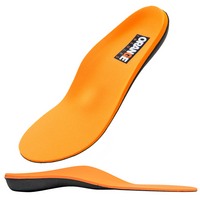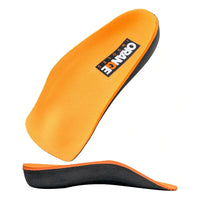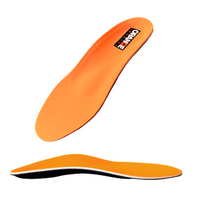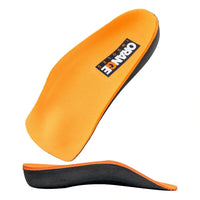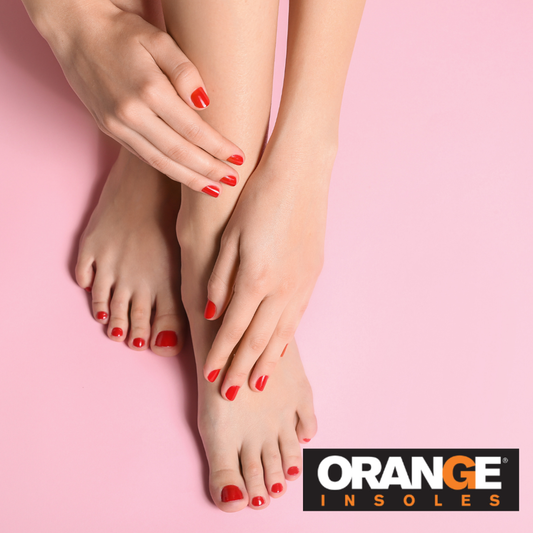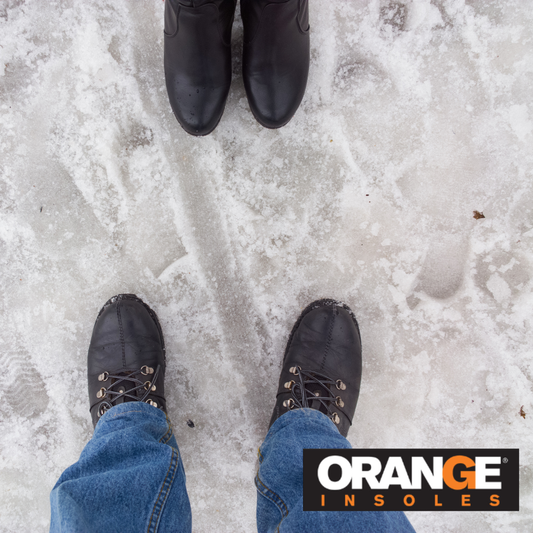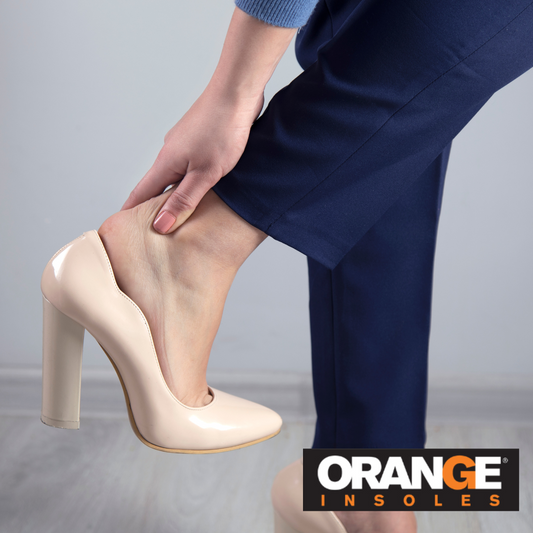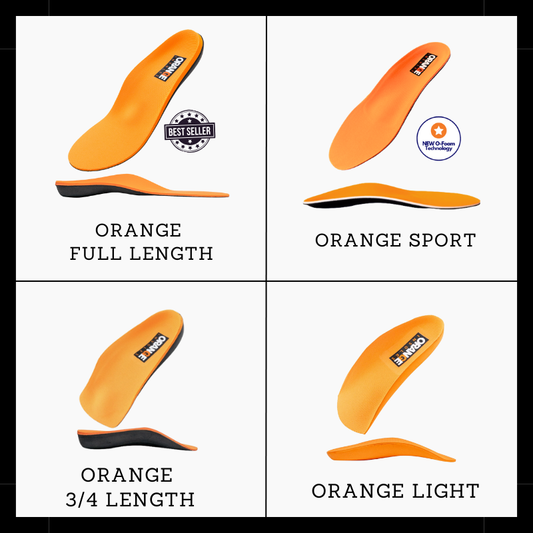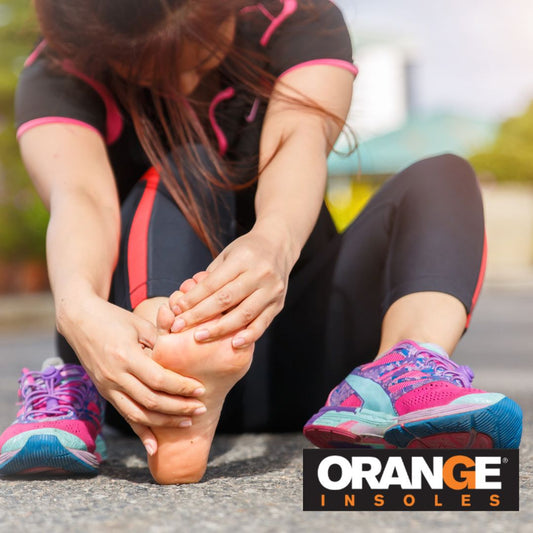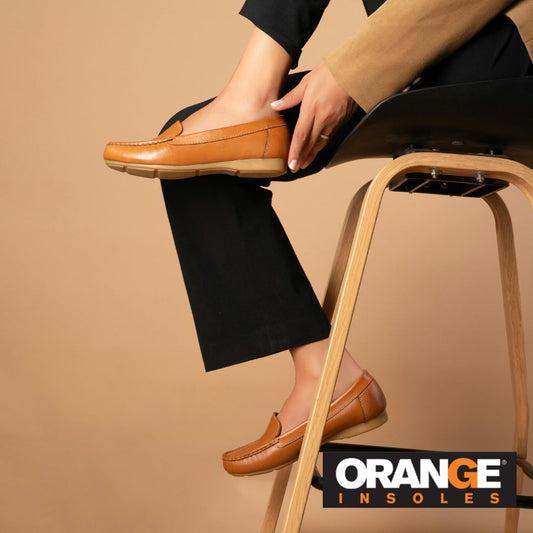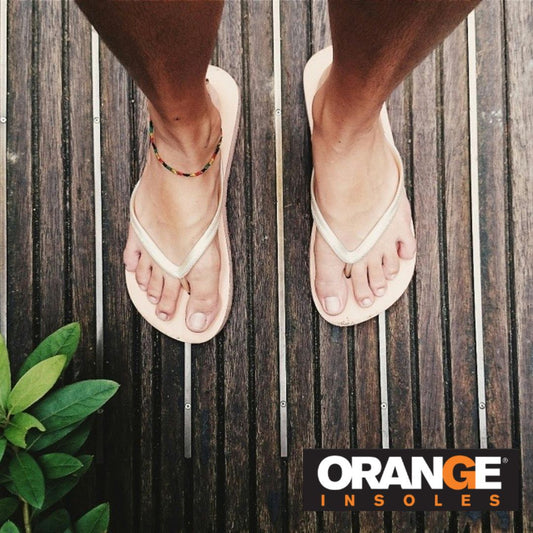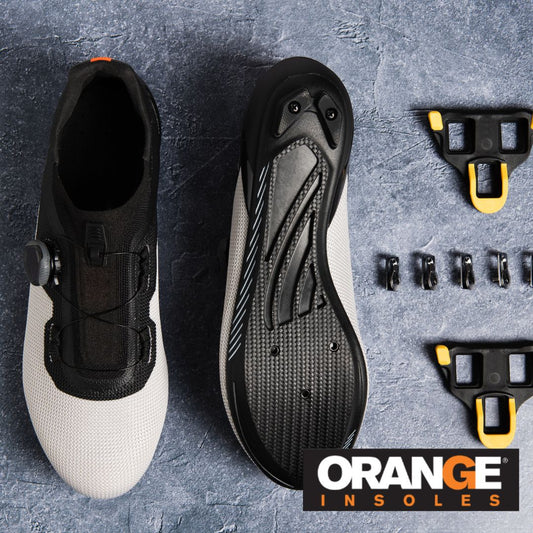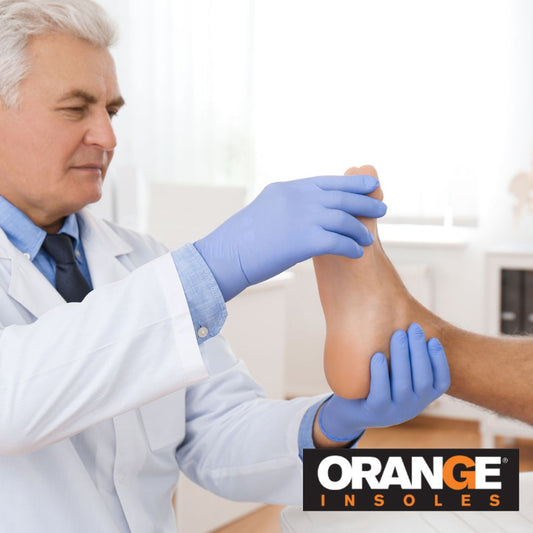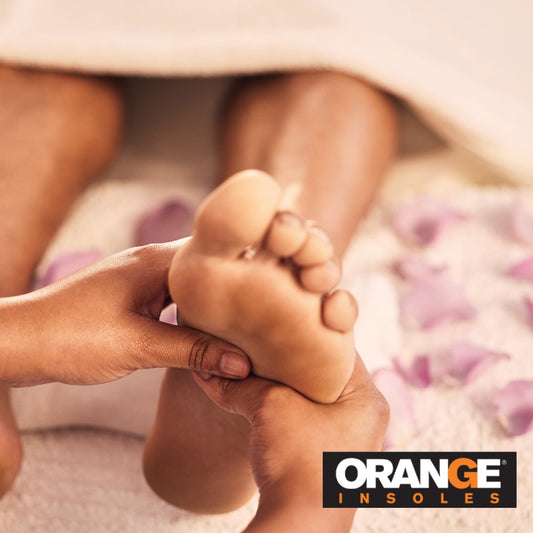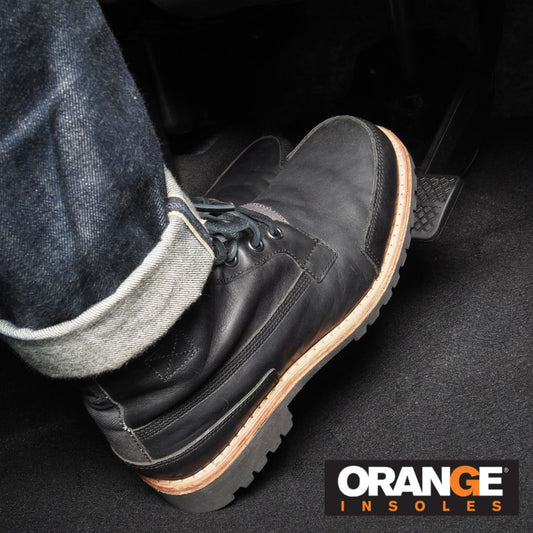Candy season is here - and while a few sweets won’t hurt, it’s easy to overindulge when Halloween rolls around. But here’s something most people don’t realize: your sugar habits don’t just affect your waistline or teeth - they also impact your feet.
From circulation to nerve health, sugar plays a surprisingly big role in how your feet feel and function every day. So before you reach for that next chocolate bar, let’s unwrap the sweet truth about how sugar affects your foot health - and what you can do to protect your foundation this fall.
How Sugar Affects Your Feet
1. It Disrupts Blood Flow
Your feet are the farthest point from your heart, which means they depend heavily on good circulation. High sugar levels in your bloodstream can make blood thicker and stickier, reducing flow to small capillaries - especially in your toes.
When circulation slows down, it becomes harder for your body to:
-
Deliver oxygen and nutrients to your tissues
-
Heal blisters, cuts, and calluses
-
Keep your skin soft and hydrated
Over time, this poor circulation can cause cold, tingling feet and make even small wounds take longer to heal, a serious issue for people managing diabetes or prediabetes.
Learn how to prepare your feet for changing temperatures in Why Do My Feet Hurt During Colder Weather?.
2. It Damages Nerves Over Time
Consistently high sugar levels can damage the nerves that carry signals from your feet to your brain, a condition known as peripheral neuropathy.
Early signs include:
-
Numbness or tingling in the toes
-
Sharp, burning sensations at night
-
Loss of balance or coordination
-
Increased sensitivity to touch
The problem? Nerve damage can creep up quietly. Many people don’t notice it until it becomes painful or until they develop an injury they didn’t feel happened to.
Maintaining healthy blood sugar levels and wearing supportive insoles that reduce pressure points can help slow or prevent nerve-related discomfort.
For more on how insoles improve foot comfort and stability, see Why Orange Insoles Are Effective: Our Signature Deep Heel Cup.
3. It Triggers Inflammation and Swelling
After a high-sugar meal, your body produces a burst of insulin to process all that glucose. Repeated spikes like this can trigger inflammation, especially in your joints and connective tissues - including the ones in your feet and ankles.
This can show up as:
-
Morning stiffness or soreness in your arches
-
Puffy, swollen feet after long days
-
Aching heels or ankles that worsen after sweets
When inflammation becomes chronic, it can also worsen conditions like plantar fasciitis and bursitis. Cutting back on added sugars helps lower these flare-ups, keeping your feet feeling lighter and more flexible.
4. It Increases Risk of Infection
Fungi and bacteria thrive in warm, moist environments - and high blood sugar gives them extra fuel. That’s why people with diabetes are more prone to foot infections like athlete’s foot, toenail fungus, and ulcers.
Even if you don’t have diabetes, frequent sugar spikes can temporarily weaken your immune system, leaving your feet more vulnerable to minor infections.
To prevent this:
-
Keep feet clean and dry
-
Wear moisture-wicking socks
-
Rotate shoes daily
-
Maintain healthy circulation with gentle exercise
5. It Can Contribute to Weight-Related Foot Pain
Let’s be honest - sugar often comes with extra calories. And those calories can add up fast. Even small weight changes affect how much pressure your feet bear:
Every extra pound adds up to 4 pounds of pressure per step. Multiply that by thousands of steps per day, and you’ll understand why your heels, arches, and knees might start complaining.
If you’ve noticed soreness after long walks or runs, your body may be telling you it’s time for both dietary balance and better support. Orange Insoles help distribute weight evenly, relieving stress on pressure points so you can stay active comfortably.
Check out Trail Running This Fall? Don’t Let Uneven Terrain Wreck Your Knees and Feet for more on how proper support keeps your feet pain-free in every season.
How to Enjoy Sweets Without Sacrificing Your Feet
The goal isn’t to banish sugar completely, it's to keep your intake balanced and your body supported.
Here are a few simple ways to enjoy your favorite fall treats guilt-free and pain-free:
1. Time It Right
Having sweets after a balanced meal with protein and fiber slows sugar absorption and reduces spikes.
2. Hydrate Well
Water helps your body flush out excess glucose and reduces swelling. If your feet often feel puffy or stiff after sweets, you might just need to drink more water.
3. Move After Meals
Even a short 10–15 minute walk after dessert helps regulate blood sugar and improve circulation to your lower limbs.
4. Support Your Feet Daily
Healthy eating and proper foot support go hand in hand. Use supportive insoles in your everyday shoes to maintain good posture, reduce strain, and protect your arches.
If you’re not sure which insole is right for your shoe type, take the Orange Insoles Fit Quiz to find your match.
The Bottom Line: Sugar Sneaks Up on Your Feet
Your feet may be small compared to the rest of your body - but they carry the weight of your lifestyle choices every single day. And while indulging in a little Halloween candy won’t do long-term harm, consistently high sugar intake can quietly erode circulation, nerve health, and joint function over time.
So this fall, treat yourself - but don’t forget to take care of your foundation, too. Balance the sweets with movement, hydration, and proper support, and your feet will thank you long after the candy wrappers are gone.
👉 Keep your feet happy year-round with insoles built for real comfort and alignment. Visit the Orange Insoles Shop to find the perfect pair for your lifestyle.
